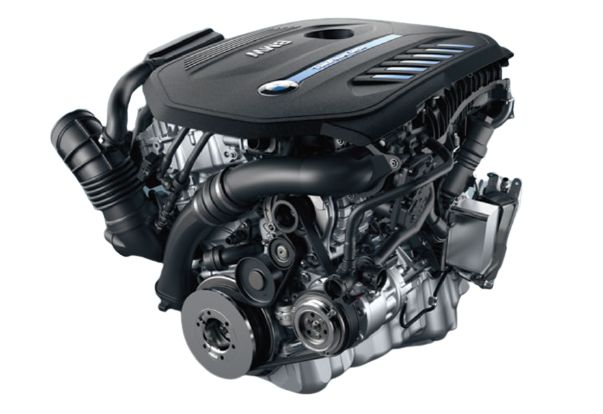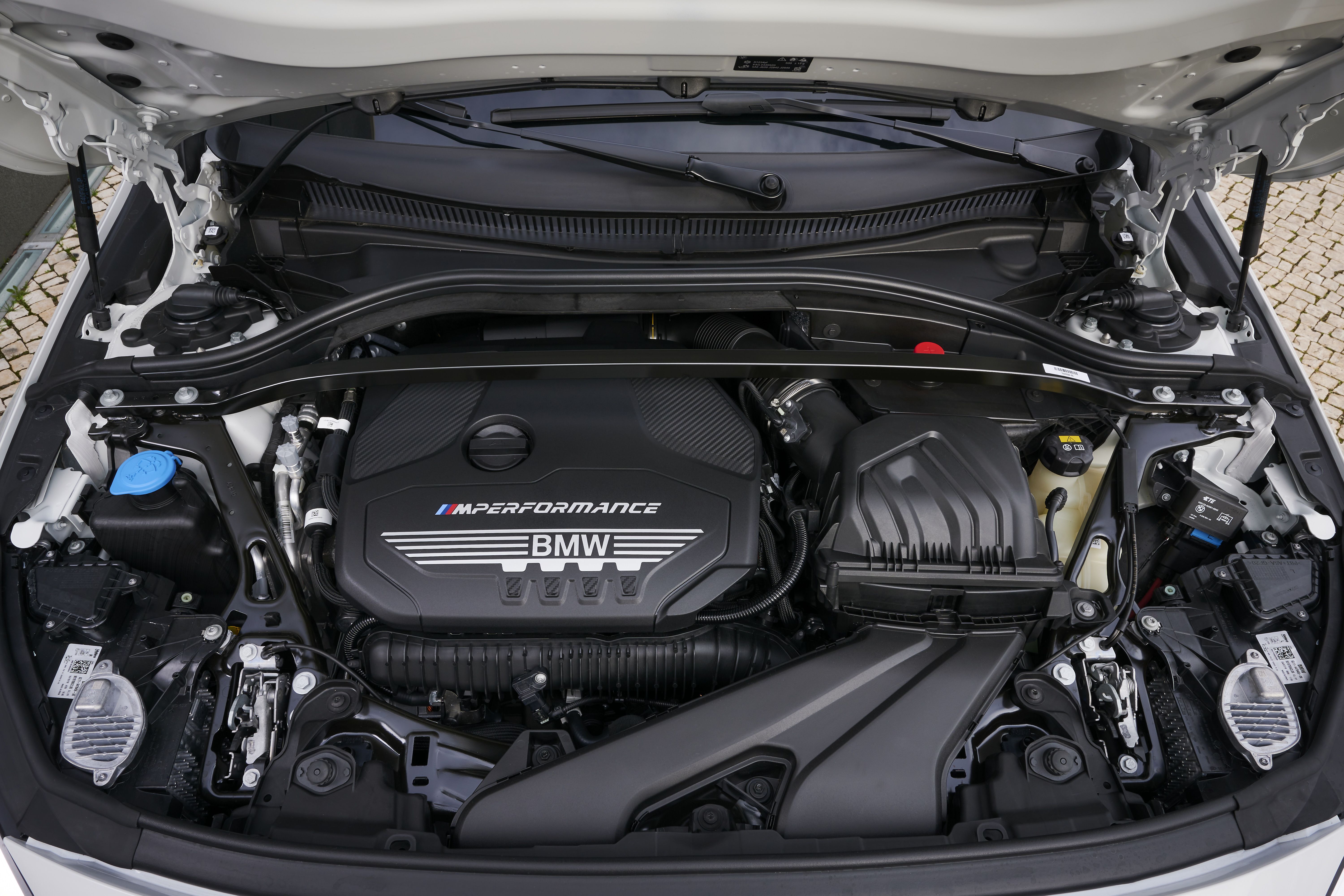Leading 5 BMW Engine Technologies Revolutionizing the Automotive Industry
Leading 5 BMW Engine Technologies Revolutionizing the Automotive Industry
Blog Article
Exploring the Evolution of Combustion Engines in Modern Transportation Systems
As we browse the landscape of modern transport, the advancement of combustion engines stands as a testimony to human resourcefulness and engineering expertise. The interplay of background, innovation, and environmental concerns in forming the trajectory of combustion engines creates a story that is both compelling and informative.
Early Beginnings of Combustion Engines
Exactly how did the concept of burning engines first arise in the early phases of transportation growth? When the principles of inner combustion were initial checked out, the roots of burning engines can be mapped back to the 17th century. In 1673, Christian Huygens conceptualized a standard interior burning engine that used gunpowder to create power. It had not been till the late 19th century that useful applications of burning engines in transport began to emerge.
The development minute featured the creation of the initial effective gasoline-powered engine by Karl Benz in 1885 - bmw engine. This engine led the way for the advancement of the modern-day automobile, revolutionizing transportation systems worldwide. Subsequent technologies by Nikolaus Otto and Gottlieb Daimler better refined combustion engine modern technology, bring about the mass manufacturing of automobiles and the fast growth of the transport sector
These early combustion engines were characterized by their simplicity and effectiveness, laying the structure for the complicated and powerful engines utilized in contemporary transportation systems. The evolution of combustion engines has actually been instrumental fit the means we take a trip and transport items, noting a substantial landmark in the history of transportation development.
Transition to Internal Burning Technology
The transition to inner burning innovation marked a pivotal change in the development of transportation systems. This change started in the late 19th century, with creators like Nikolaus Otto and Gottlieb Daimler developing the initial effective interior burning engines. These engines changed transportation by offering an extra effective and effective alternative to heavy steam engines and electrical motors.
Among the vital advantages of internal burning engines was their ability to be reduced to fit right into cars, leading to the advancement of vehicles and motorbikes. This shift from cumbersome, stationary engines to portable, mobile ones paved the means for the modern transport systems we see today.
The transition to inner burning innovation also stimulated advancements in gas technology, causing the development of gas and diesel as primary fuel resources for automobiles. This shift not just made transportation a lot more accessible to the masses however additionally laid the foundation for the oil and gas sector to become important to international economic situations.
Effect of Combustion Engines on Transportation
The adoption of burning engines in transportation systems militarized an extensive shift in the efficiency and speed of international mobility. Combustion engines changed transport by offering a reliable and versatile resource of power for various cars, including autos, trucks, planes, and ships. This development dramatically boosted the capacity for people and goods to move over fars away in much shorter timespan, leading to increased connectivity between areas and nations.
Moreover, the prevalent use combustion engines has actually had a substantial effect on financial growth. The capacity to transport items successfully has actually stimulated trade and business, permitting organizations to increase their markets and get to consumers worldwide. This has helped with economic development and globalization, as items can now be carried faster and in bigger amounts than ever.
Nevertheless, the environmental impact of burning engines can not be forgotten. The combustion of nonrenewable fuel sources has actually brought about air pollution and greenhouse gas emissions, adding to environment modification and posing wellness dangers to populations. bmw engine. Consequently, there is an expanding emphasis his comment is here on creating alternate propulsion innovations to minimize these adverse impacts and create an extra sustainable future for transport
Advancements in Combustion Engine Layout
Various advancements in burning engine design have actually driven the development of transport systems over the decades. One notable advancement is the development of turbocharged engines, which make use of exhaust gases to drive a turbine that presses incoming air, permitting more fuel to be burned, leading to raised power outcome without a substantial boost in engine dimension. Additionally, straight shot technology has actually improved fuel performance and performance by exactly regulating the amount and timing of gas infused into the combustion chamber. Variable shutoff timing systems have actually also changed engine design by maximizing air flow at different engine speeds, enhancing both power and effectiveness. An additional substantial development is the assimilation of light-weight products such as carbon fiber and aluminum alloys, reducing general engine weight and improving car gas economy. Additionally, innovations in computer-aided design have made it possible for engineers to enhance engine performance and effectiveness via simulations prior to physical models are built, saving time and resources in the growth process. These technologies jointly add to the continual improvement of burning engines in modern-day transport systems.
Future Patterns in Combustion Engine Growth
With modern technology improvements driving constant innovation, the future of burning engine advancement is poised you could look here to change transportation systems globally. Among the crucial trends in burning engine advancement is the press towards greater performance and minimized discharges. Manufacturers are spending greatly in research study and growth to improve engine efficiency while satisfying stringent ecological regulations. This consists of the combination of innovative fuel shot systems, improved turbocharging approaches, and the use of light-weight materials to enhance fuel usage and lower carbon discharges.
One more noticeable trend is the adoption of crossbreed modern technologies in combustion engines. Hybrid engines integrate standard combustion innovation with electrical power, offering enhanced gas efficiency and lower emissions. As the vehicle market shifts towards electrification, hybrid combustion engines are viewed as a transitional solution that bridges the space between traditional lorries and totally electric ones.
Additionally, the combination of clever technologies, such as expert system and data analytics, is expected to play a considerable function in the future of burning engine advancement. These innovations can optimize engine performance in real-time, resulting in much more effective combustion processes and enhanced total vehicle efficiency. Welcoming these future fads will certainly news not just drive technology in burning engine advancement yet additionally add to a much more sustainable and environmentally friendly transportation ecosystem.

Verdict
In conclusion, the evolution of burning engines in contemporary transportation systems has actually been noted by considerable developments in technology and layout. From the early beginnings of burning engines to the shift to internal burning modern technology, these engines have had a profound influence on transportation.
The origins of burning engines can be traced back to the 17th century when the concepts of internal burning were very first explored. These engines changed transportation by providing an extra effective and efficient choice to steam engines and electrical motors.

Report this page